From Editor of ROCOR Studies: These biographies by Michael Woerl is a ongoing project that will be updated as the author submits new biographies. Corrections to factual errors are welcome. These biographies are not for an academic audience only, but for a broad English-speaking audence. The biographies include much information not generally available in English and will be of interest to all who find their way to this website. Photos of the bishops can be viewed in the GALLERY.
From the Author: An interest in the hierarchs of the Church Abroad, the gift of a few photos, and the absolute dearth of anything remotely similar in any language led me to the idea of attempting to compile this work.
As strange as it may seem, there does not appear to be an official list of hierarchs who have belonged to the Church Abroad. The first problem therefore was: who should be included? It would seem that a hierarch of the Church Abroad’ is a hierarch of the Church Abroad, and that would be that. Apparently, however, this is one of those “depends on whom you ask” questions.
Differing lists were the product of differing criteria: hierarchs who were consecrated by the Church Abroad; hierarchs who were serving in the Church Abroad at the time of their repose; some lists included hierarchs who participated in the 1921 Karlovtsy Council by correspondence only, with no other contact with the Church Abroad. This resulted only in confusion and many questions about who was and who was not part of the Church Abroad. The simplest criteria is therefore employed here if it could be reasonably verified that a hierarch had served in the Church Abroad, even if only for a few months, they were included.
As a result, here you will find an uneven collection of biographies, some seemingly interminably long, some possibly only a few sentences long. You will see some names that you are extremely familiar with and find others that you have never seen before. Most of all, it is hoped that you will learn things about our Church Abroad that you did not know, things that will help you understand more about the history of the Church Abroad, and things that will make you want to learn even more.
When I started this project, two important things happened that helped me more than anything else: first, a blessing from then Archbishop Laurus of eternal memory to begin collecting photos and materials for the project. This blessing included the assistance of Andrei Psarev in hunting photos for me from the archives of the Jordanville printshop.
Second, Father Georg Seide gave me permission to use the biographies in his manuscript, History of the Russian Church Abroad, as a basis for the biographies I would use. Since I do not speak German, I was able to use the in-progress English translation of Fr. Georg’s book, as translated by Xenia Endres and revised by Serge Nedelsky. The biographies in Fr. Georg’s book were very brief, primarily because they were an appendix to the book.
When I began, finding additional biographical information was almost impossible. Other than a few articles in Orthodox Life and The Orthodox Word and the few Russian articles that I could find, it seemed that I would have to use extremely brief biographies for the most part.
Then the “information explosion” happened before our very eyes and what had not been there before was, seemingly, all of a sudden, there! A great deal of information appeared on the internet concerning many hierarchs of the Church Abroad. The appearance of websites offering free translations allowed me to add more information to the biographies than I ever thought possible. Individual biographies will include information about the sources employed; the same goes for photos. When I began I wanted to use as many photos as possible for each biography. Obviously, however, this site is limited in how many photos can be used, so it will be up to the webmaster to decide about photo usage. I have collected over 400 photos for this project, and hope that more uses can be found for them. I also hope to continue collecting photos of hierarchs of the Church Abroad. Please contact me through this site if you have photos of which I can make use. Any additional information about any of these hierarchs will also naturaly be welcomed.
The order of the biographies was to begin with the First Hierarchs in chronological order, then continue with the rest of the hierarchs in alphabetical order according to first (monastic) name. I had always planned to have everything appear together, but one or a few at a time isn’t a bad idea, either.
Thanks be to God that I was able finally to share this information; thanks to all who helped me collect and share this information. Thanks to all who are interested, read it, look at the photos, and possibly take things another step.
Copyright author 2009.

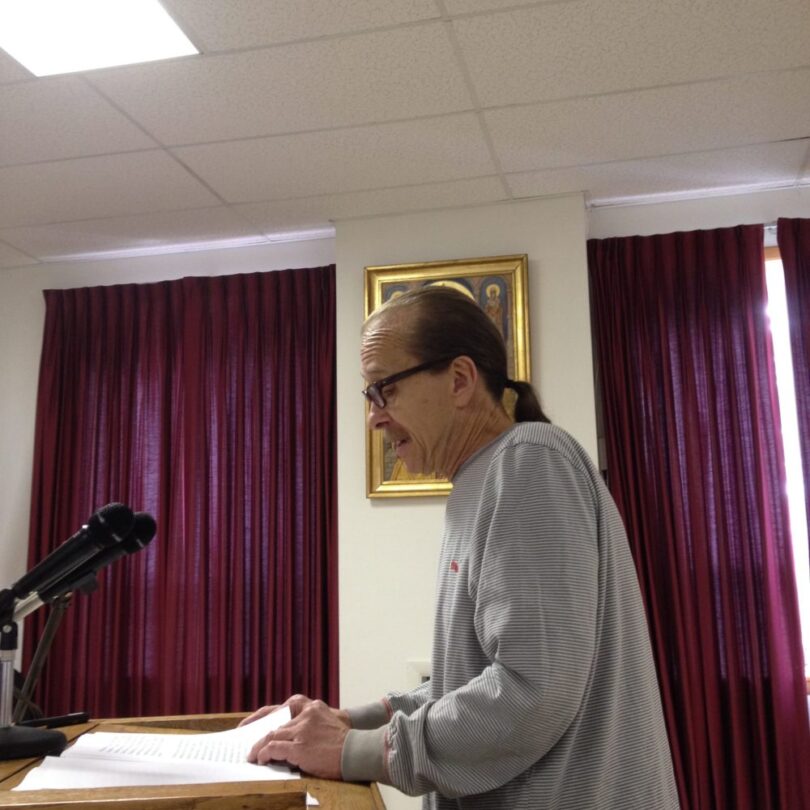
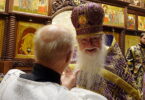
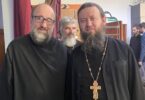
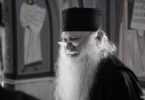
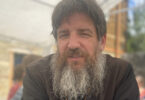


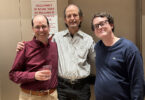
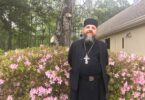

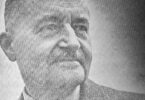
Dear Mr Woerl, I wish you A HAPPY NEW YEAR! I do not know if we have been in touch. I`ve just read what you have written about Bishop James Toombs. I think that I have a number of info for you. When you have made researches on Toombs have you come accross Bishop John More Moreno (Mar Chrysostomos)? Looking forward to have some sign from you. Sincerely, Bertil Persson Prof em., Sweden, who has written a lot about subjects related to Toombs too.
Read more comments on this project here: http://www.euphrosynoscafe.com/forum/viewtopic.php?f=2&t=8860
http://www.orthodoxinfo.com/ecumenism/unionmon.pdf I read this article back in 2007 and it greatly hurt my faith, and has taken me a while to renew confidence in the Lord. Michael, you are clearly someone who is unaquainted in the Oriental Orthodox church and its beliefs, but I can assure you the sayings of one erring brother which you claimed, `shed a good deal of light on the ecumenist and pan–religious agenda of the Non–Chalcedonians,` are very far from being true of the majority of us. You conveniently left out the fact that our church rejects monophysitism, and yet did not fail to lambast us by the offensive term at seemingly every opportunity. It seems like you had set out on an agenda when you decided to compose that article, that our church is evil, or perhaps you had already begun to think any church outside of Eastern Orthodoxy is evil. To my knowledge, all parties involved in the Fourth Ecumenical Council have already agreed that there was no dogmatic dissension, and was the cause of confusion and political motive. If you do not believe me, look at the history that was taking shape preceding the council. It was reported that Rome was uncomfortable by the spiritual activity taking place in Antioch and Alexandria, and had long wanted to elevate itself to first among the Apostolic Sees. It termed the Ephesus Council as, “the Robber Council”, not because of any doctrinal matter but because the council robbed Rome the opportunity to take the highest position in Christianity. The Council of Chalcedon was called on political motives after Marcian and Patriarch Dioscoros had a disagreement. When the Roman emporer Marcian was interfering in church matters, Patriach Dioscoros, perhaps aware of Rome’s political motives and fearful of the Pope Leo’s alliance with Marcian, advised the emperor that he was getting out of line. In a display of power, Marcian swiftly exiled Dioscoros, not on the grounds of heresy but for doctrinal matters, and at the same time was calling for the Council of Chalcedon. Then, the communities that sided with Dioscoros were upset with the Romans and also did not understand their terminology of two natures in one person, as the direct translation meant, two persons in one person. They were swiftly ex-communicated on the grounds of “monophysitism”. This is in stark contrast with Dioscoros’ predecessor, St. Cyril, in his treatment of Nestorius in the Council of Ephesus, as St. Cyril gave Nestor numerous chances to repent and see the erring in his way, as a good father does for an erring son. On the other hand, it seemed like Rome couldn’t be happier to get rid of us, as by doing so it elevated itself to the highest seat in Christianity, in its eyes. It also raised Constantinople, which it called, ‘New Rome’, to the second highest seat in Christianity to carry out Rome’s political agenda, which as we know did not work out when the fruit of Rome’s heart was revealed in changing the Nicene Creed (breaking the commandment in the Council of Ephesus that the Creed was not to be changed, and thus, being self-condemned). Meanwhile, our church has been ravaged by genocide and oppression, not only by the Muslim Arabs and Turks, but even by missionaries from the Eastern Orthodox and Roman Catholic communities who, in the Middle Ages, used that same dismissal of monophystism to accuse us of heresy, kill some of our monks and priests, and take a good portion of our communities away into what are now called the Antiochian, Maronite, and Byzantine Catholic communities. Now that the errors of Chalcedon have been admitted, our communities have not been restored, and our church has become very poor, as if the numerous genocides and oppressions were not enough. If you cannot see the devil’s hand in this division, then perhaps you think your church is infallible as the Catholic church does in a lot of ways, but remember that God has mercy on the humble, and resists the proud.
Dear Michael, Thank you once again for your interesting and most helpful photos and history of ROCOR as it touches the Orthodox Mission to the United States. Many Blessings, Stephen-Anthony